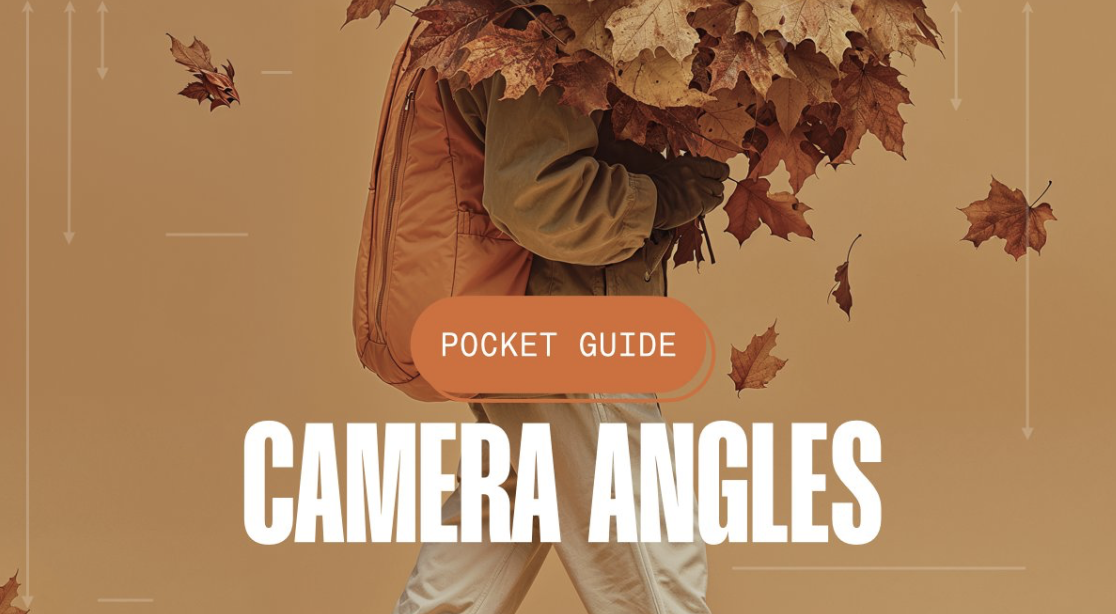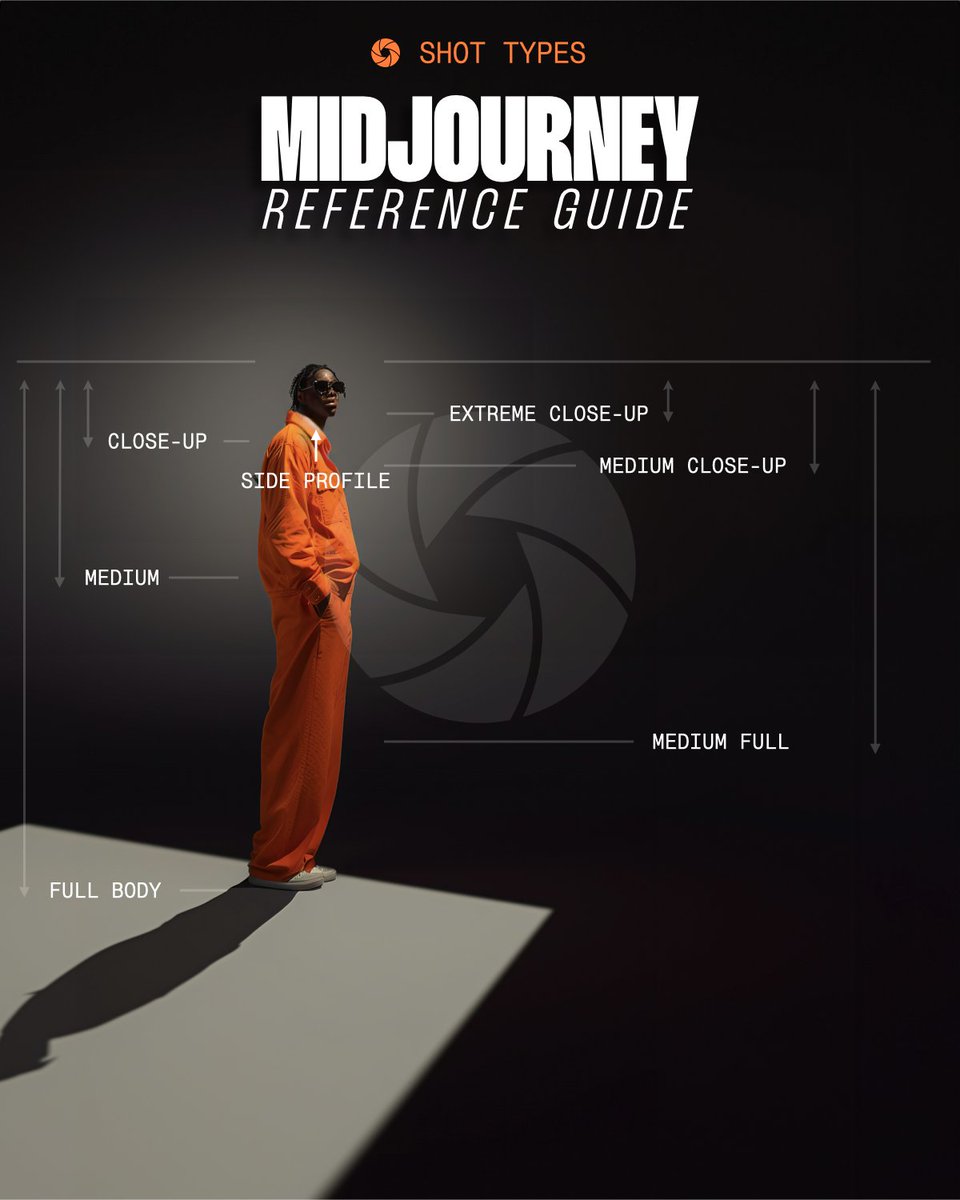Camera angles can really set your Midjourney images apart from the crowd. The main reason? Curb appeal. Angles have a siren-like way of capturing our attention, providing visual interest, and appealing to our senses. Here are a few of my favorite camera angles that @dcbruck find himself using most often. As a bonus, he also included key tips to get the best results from using them.
TO GET THE BEST RESULTS:
- Position camera angle tokens early
When prompting, put camera angle tokens toward the front, as hierarchy affects output (1st or 3rd works). - Stack angle, depth, and subject in succession for clarity
Make sure your aspect ratio complements the camera angle. For example, you might have a hard time getting clarity otherwise. - Anchor with distance keywords for consistent focus
For example: distance keywords like “close” or “distant” set the spatial relationship between the subject and camera. - Combine angle with lighting for enhanced visual consistency
Pairing angle terms with lighting cues (like “soft light” or “dramatic shadows”) enhances the overall mood and texture of the image. - Experiment with “perspective of” to emulate viewpoint
Using “perspective of…” creates a clear point-of-view effect, particularly when aiming for immersive or intimate angles. - Specify “foreground” and “background” elements early
Including “foreground” and “background” after the angle term helps Midjourney prioritize where to place key elements relative to the camera’s perspective. - Reinforce angle with action descriptors for dynamic scenes
Action-oriented terms like “running towards,” “gazing up,” or “falling down” clarify how the angle relates to movement within the scene, creating a dynamic composition. - Prompt with “as seen by…” for a storytelling angle
This phrasing can help Midjourney simulate the view from another character or observer, adding a narrative quality.
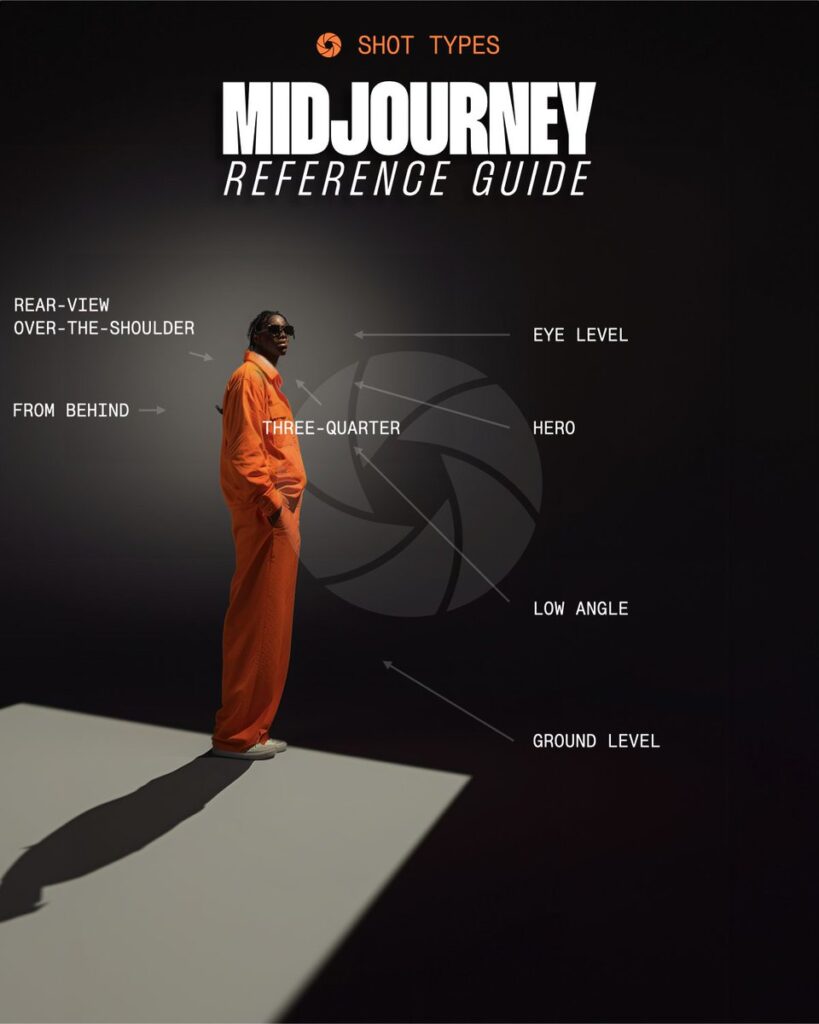
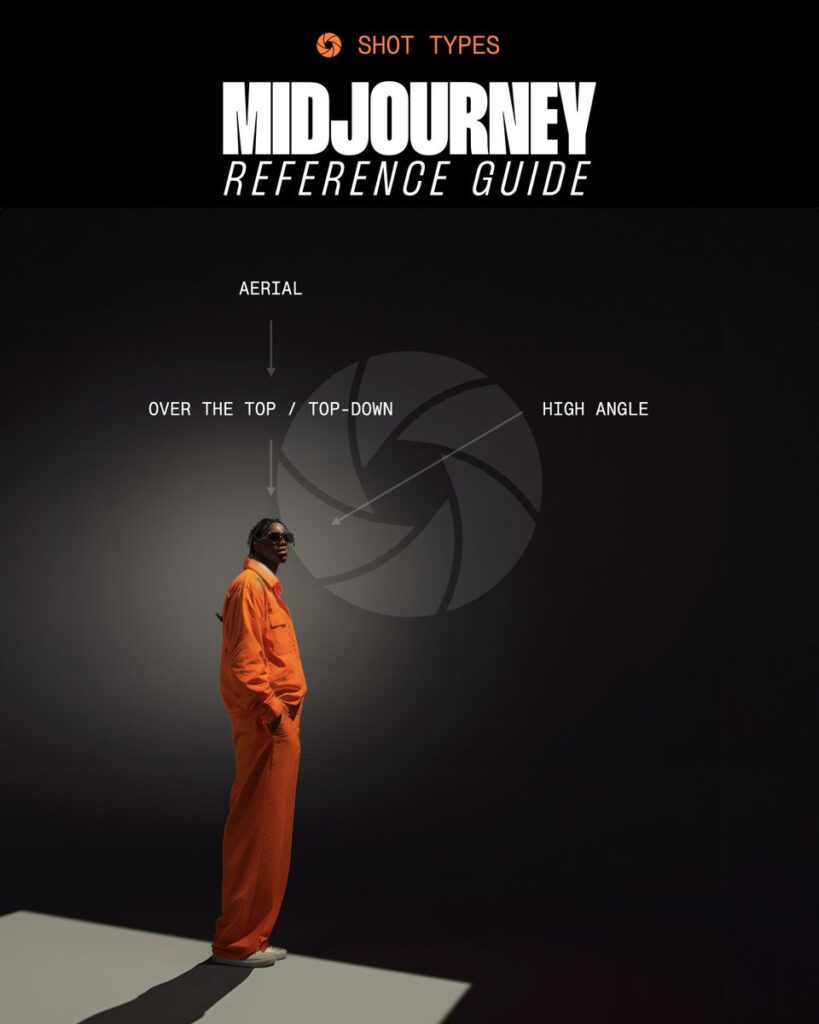
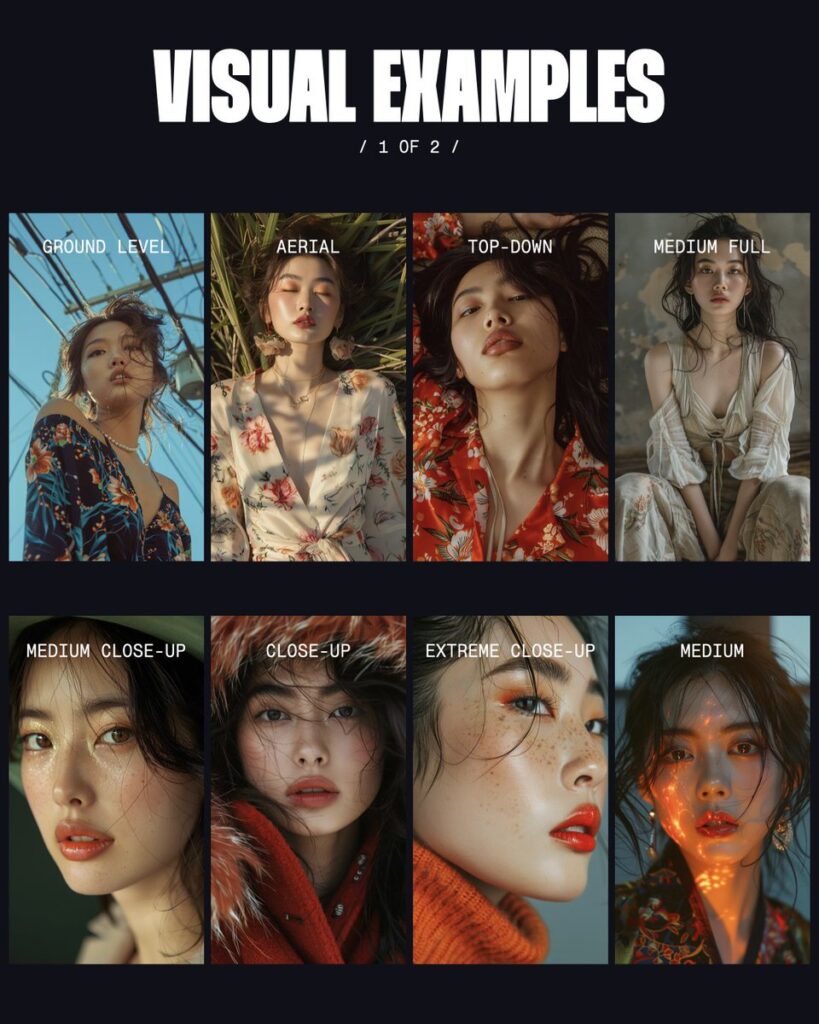
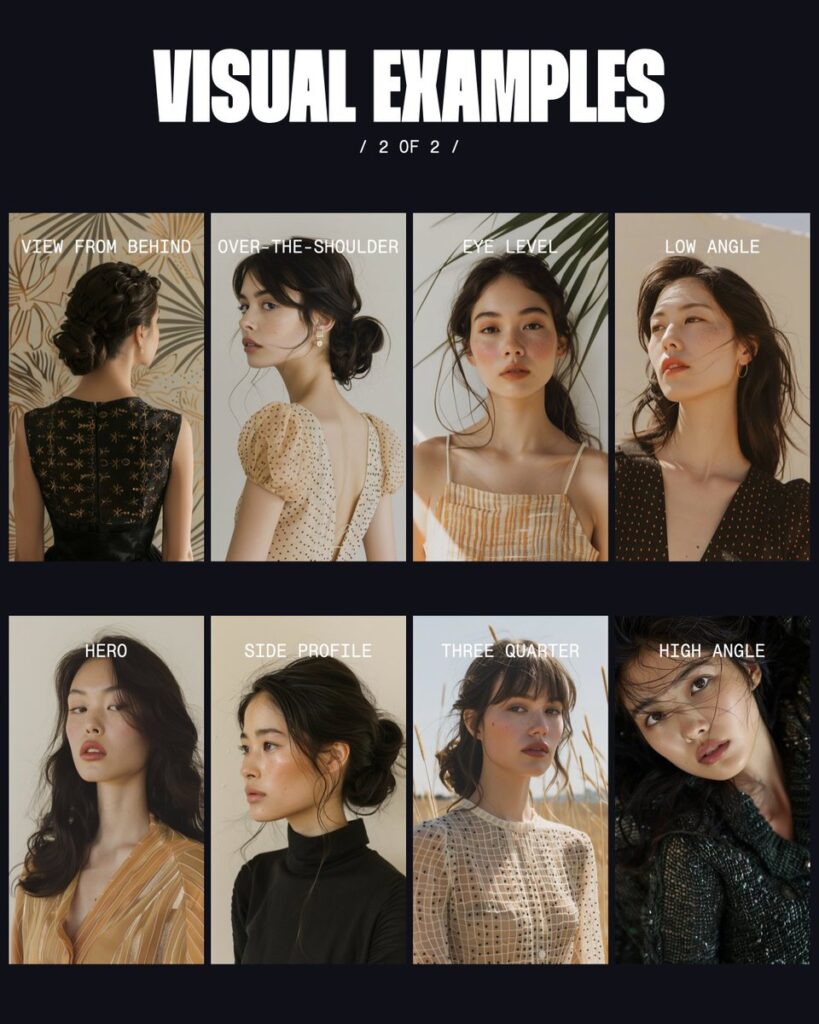
PS—What’s your favorite camera angle to use?
Read other articles in our Blog:

